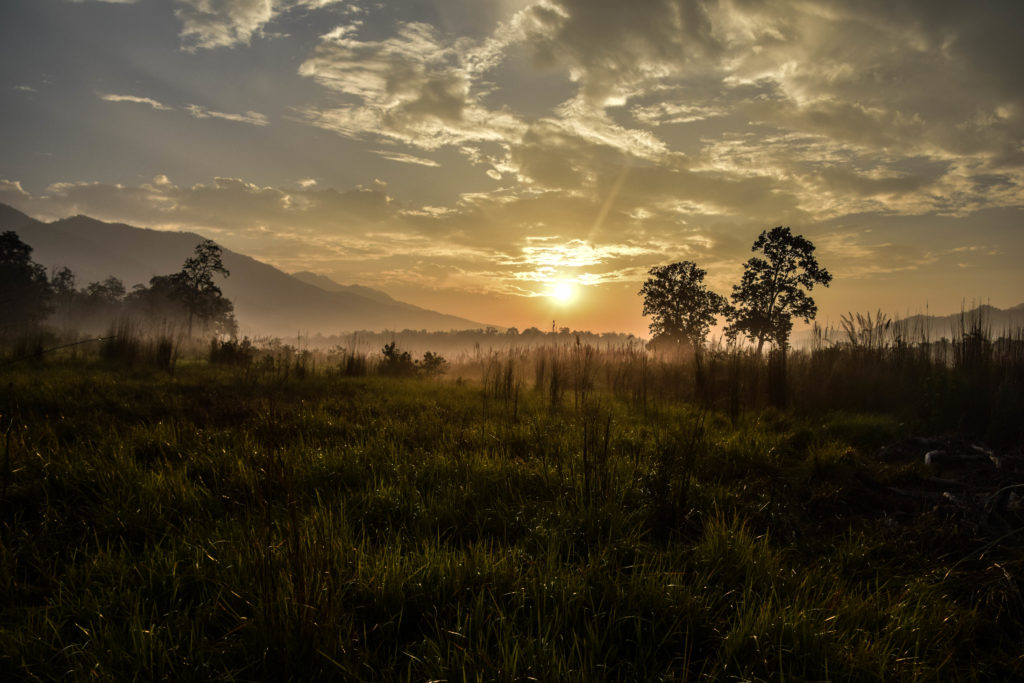D
ramatic interventions are taking place in the river system that provides Bardiya National Park with water. A new water intake is being built in the Karnali River on the western border of the park. Soon large quantities of water will be withdrawn from this river for the irrigation of the area immediately west of the park. Recently, the Bheri-Babai Multipurpose Diversion Project (BBMDP) has started to generate hydro power and to provide more irrigation water to the area south of the park. At the northern border of the park a tunnel is being drilled through which water from the Bheri River will be transported to the Babai River. ( See: https://kathmandupost.ekantipur.com/news/2018-07-14/bheri-babai-tunnel-halfway-through.html and https://www.youtube.com/watch?v=a3HO5iQZBMU ).
The Bheri River is an important source for the Karnali River. In the future, significantly less water will be discharged through the two main branches of the Karnali River that flow through the park and the buffer zone. On the other hand, more water will be flow via the Babai River. But the temperature of this rain water river will decrease due to the influx of much colder meltwater. Wageningen University & Research (WUR), Utrecht University (UU) and the National Trust for Nature Conservation (NTNC) have agreed to carry out research to better understand the effects of these structural interventions in the river system. WUR investigates the effects on the ecosystem of both rivers and in particular the consequences for biodiversity. UU investigates the effect of the changes in the discharge of both rivers on the groundwater levels. A lower groundwater table may have negative consequences for the size and quality of the grasslands in the park. And this can negatively affect the prey base for the tiger population in the long run. Eva Drukker and Sophie Zwartsenberg of WUR started their research on the ecology of the Karnali and Babai rivers at the end of 2017. Please find their report below.
Our expeditions started early September 2017, just after the heavy rains of the monsoon in Bardia National Park. The rain had been heavier than in previous years, so the two rivers we were going to investigate were severely flooded.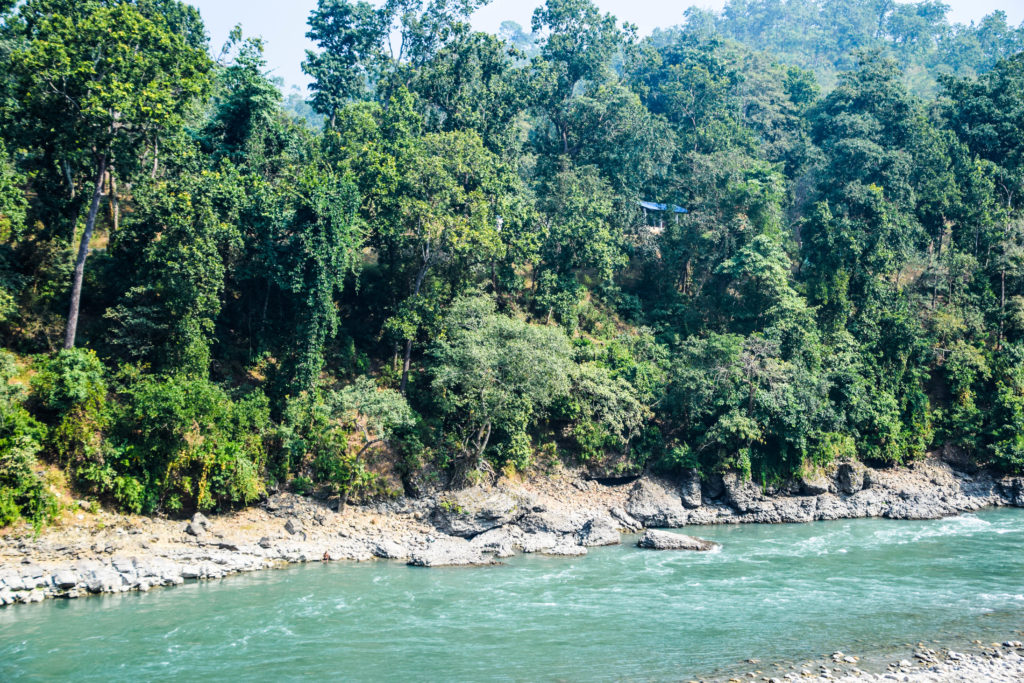
Due to the Bheri-Babai Multipurpose Diversion Project (BBMDP) from the Government of Nepal, the Karnali and the Babai rivers came to our interest. For irrigation purposes the government is planning to pipe part of the Bheri river through an underground pipeline into the Babai river to provide 51 000 ha of irrigation land further downstream. The Bheri is a tributary of the Karnali river. The latter flows just like the Babai through Bardia National Park and is home the endangered Ganges River Dolphin and the Mugger crocodile.
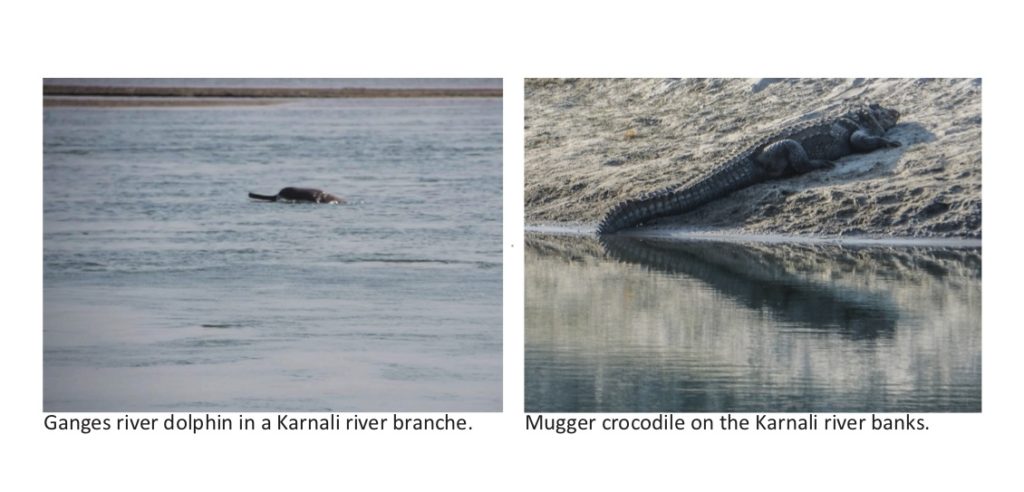
As the Babai river is a rainwater fed river, the influx of the colder Bheri river of glacial origin will cause a drop in temperature, which can have a drastic effect on its downstream ecology. We therefore wanted to go and investigate how these river ecosystems work by assessing the biodiversity and environmental factors in the rivers. We looked at macroinvertebrates (water insects and small crustaceans) as well as seed dispersal in and around the rivers. These are at the bottom of the food chain, so by investigating these small organisms there is much to tell about the ecosystem as a whole.
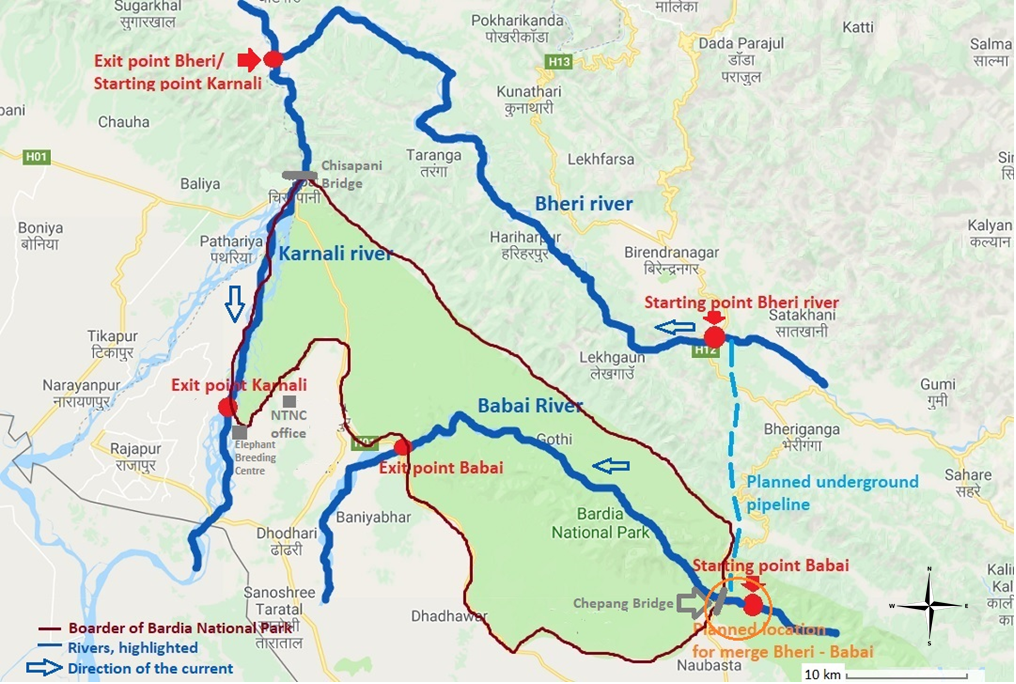
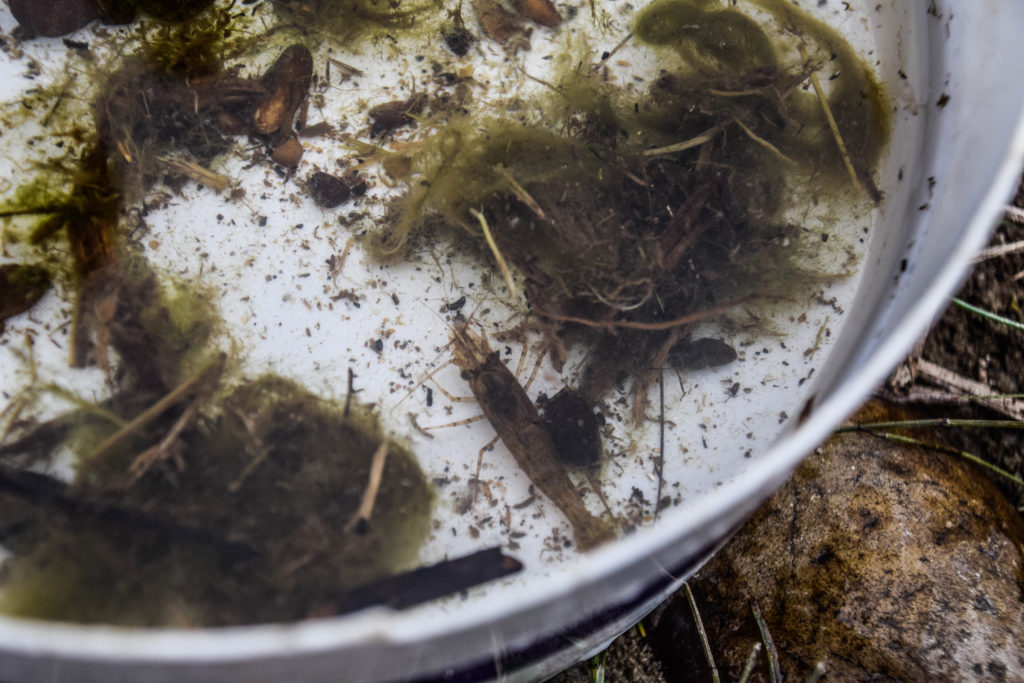 So how to sample these huge rivers filled with crocodiles and surrounded by elephants, tigers, rhinos and other amazing but dangerous wildlife? For both the Karnali as the Babai we took a raft and went on a three to four days expedition. The people from the National Park were very helpful with our research and provided us with a raft. The people from NTNC (National Trust for Nature Conservation) provided us with field technicians, contacts, a lab to sort out our samples, tents, pots and pans for the camping, and basically anything we needed in order to fulfil our research. Along both rivers we took around eight to ten samples, assessing the macroinvertebrates, seeds and measuring the environmental factors from the rivers. The environmental factors were in this case the temperature, oxygen concentration, conductivity, pH and substrate composition of the rivers.
So how to sample these huge rivers filled with crocodiles and surrounded by elephants, tigers, rhinos and other amazing but dangerous wildlife? For both the Karnali as the Babai we took a raft and went on a three to four days expedition. The people from the National Park were very helpful with our research and provided us with a raft. The people from NTNC (National Trust for Nature Conservation) provided us with field technicians, contacts, a lab to sort out our samples, tents, pots and pans for the camping, and basically anything we needed in order to fulfil our research. Along both rivers we took around eight to ten samples, assessing the macroinvertebrates, seeds and measuring the environmental factors from the rivers. The environmental factors were in this case the temperature, oxygen concentration, conductivity, pH and substrate composition of the rivers.
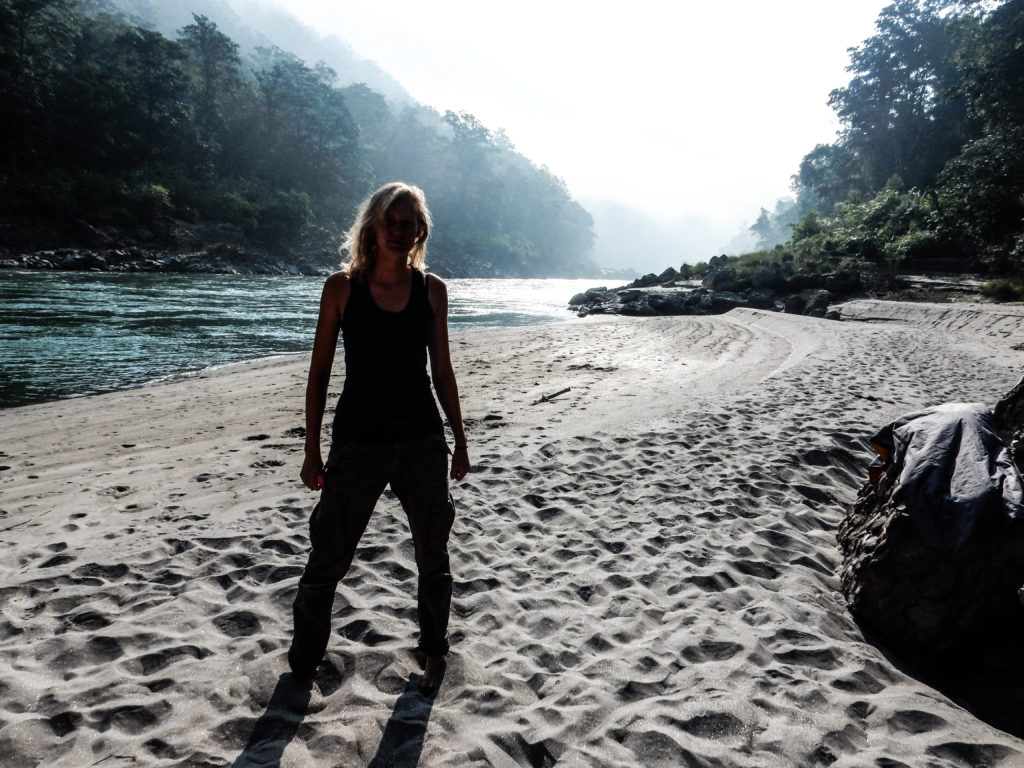
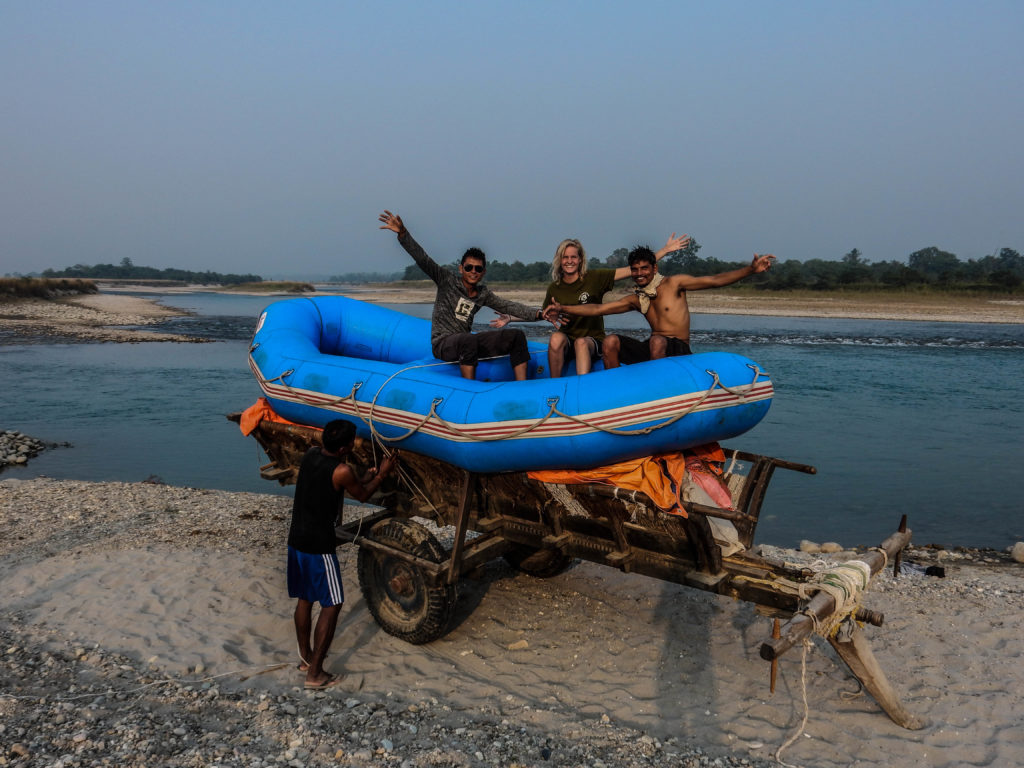
The expeditions went most of the times very well. It was not always easy though. In September it was hot – around 40°C and 100% humidity, so we were burned alive a bit on the river. In the Bheri river we encountered some extremely wild rapids and got completely submerged under water. Luckily we got out of it and so I managed to make it to my 23rd birthday the next day. We camped along the river beds, surrounding ourselves with fire to keep the elephants away. We cooked nice dal bhat – the traditional rice with lentils – made stick bread, watched birds and enjoyed our time in the field.
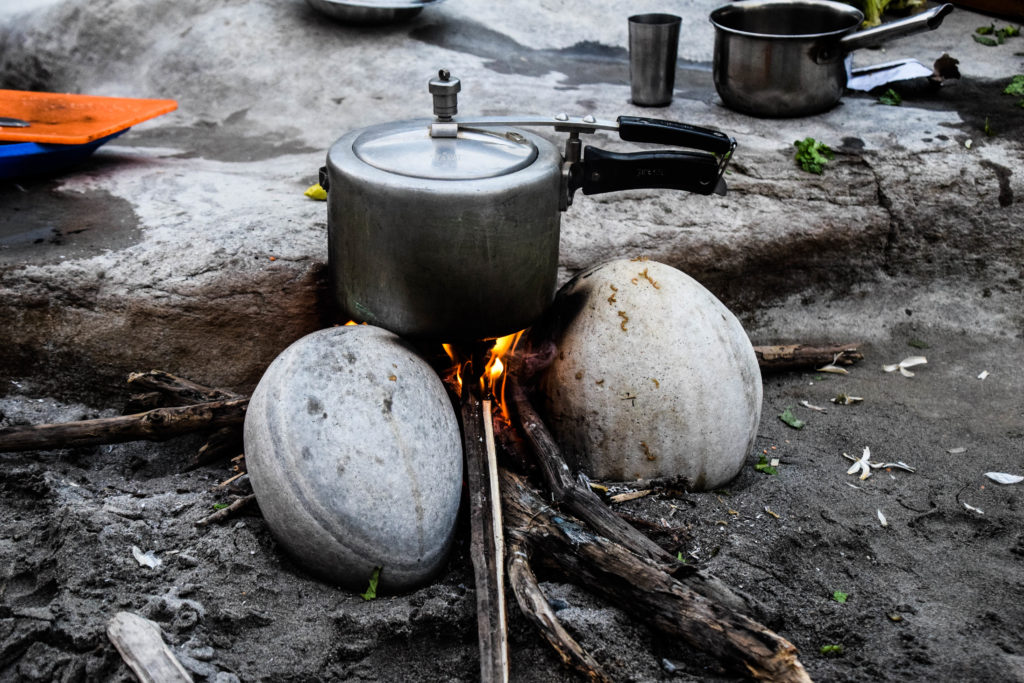
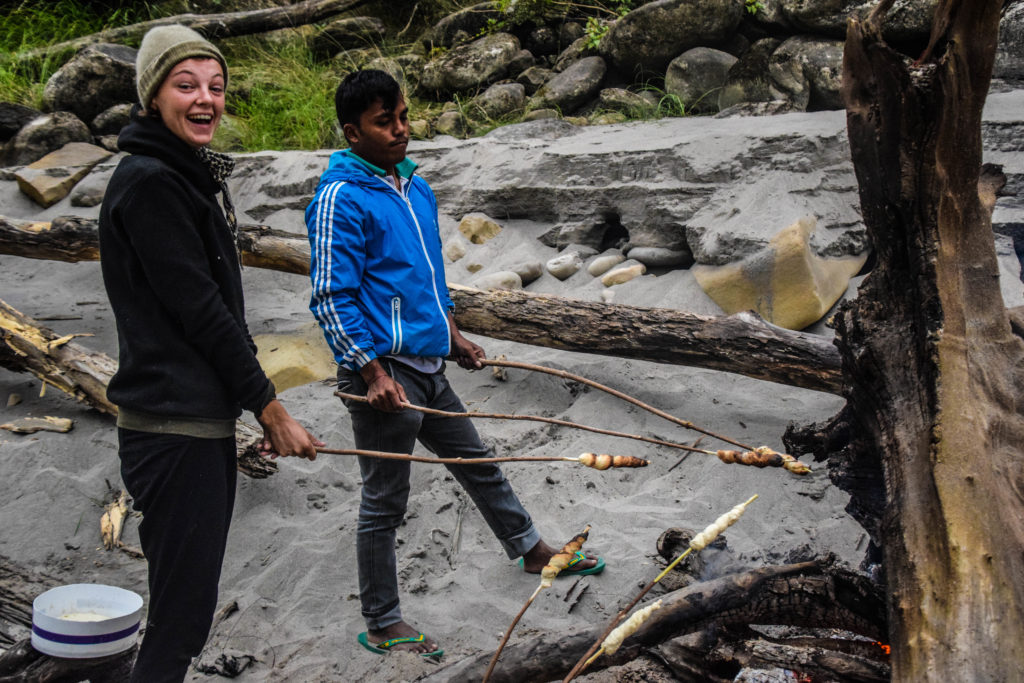
The people that helped me and my field partner Sophie on our expeditions were always great! They thought along with our project and were interested in everything that we would find. They were also very fond of taking pictures all the time. After an expedition we would go back to the NTNC office at the border of the National Park and sort out our samples. This required long hours in our little research room looking at tiny specimens of insects (in my case) or seeds (in Sophies case) and entering data in our excel sheets. The picture might not look like it, but we enjoyed it a lot, together with the badminton competition breaks with the NTNC crew!
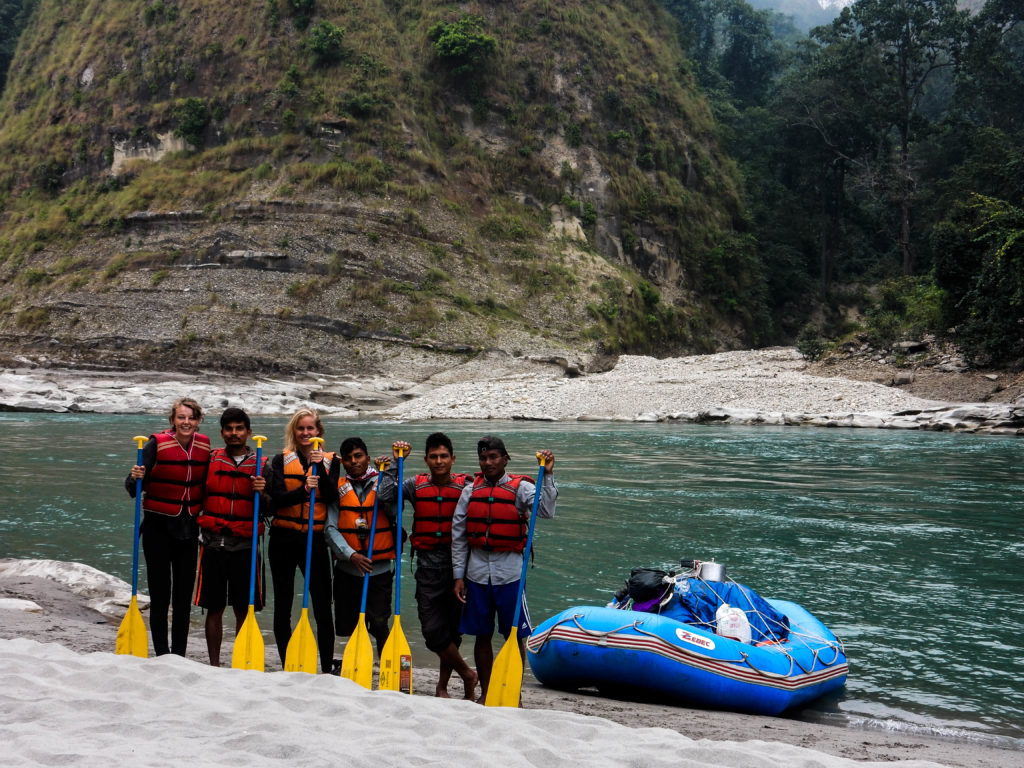
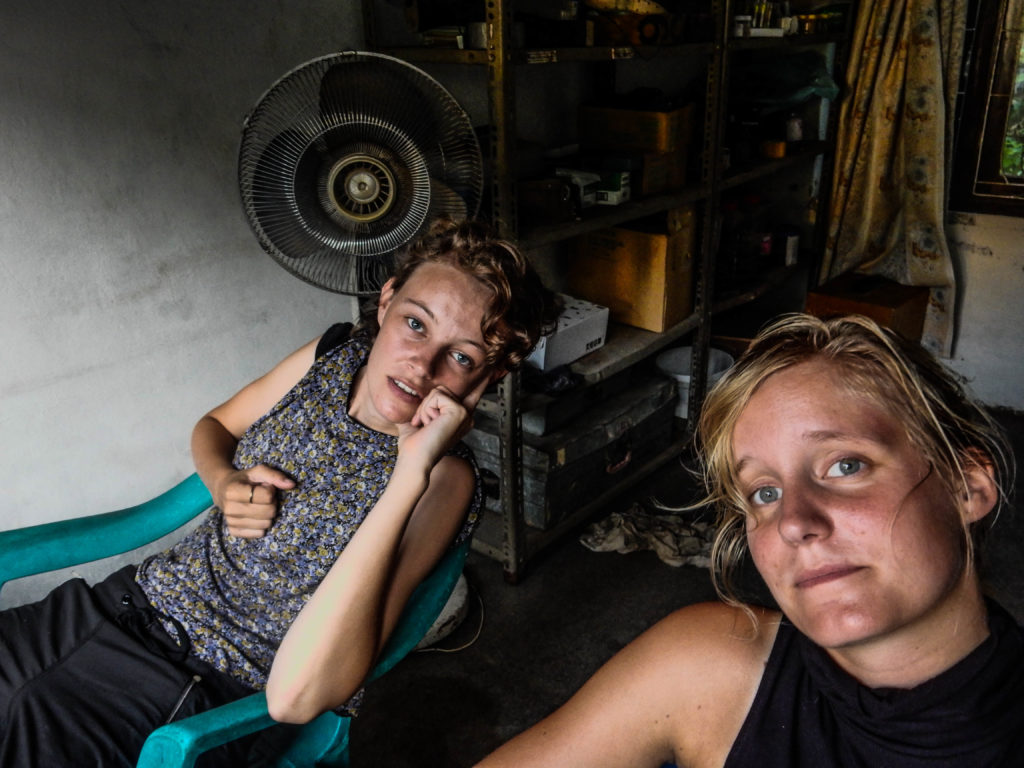
We would stay with Ram Ji Thapa and his family. They were an amazingly kind family who took us in for three months and helped us out a lot with organising the expeditions. With the mother and daughter in law we often went to the marked to buy food as well as our own Kurta Surwal (traditional clothes for women in Nepal), they learned us the Nepalese language while we learned them English. We learned about the culture and eventually also became part of the family on one of the biggest festivals, Tihar.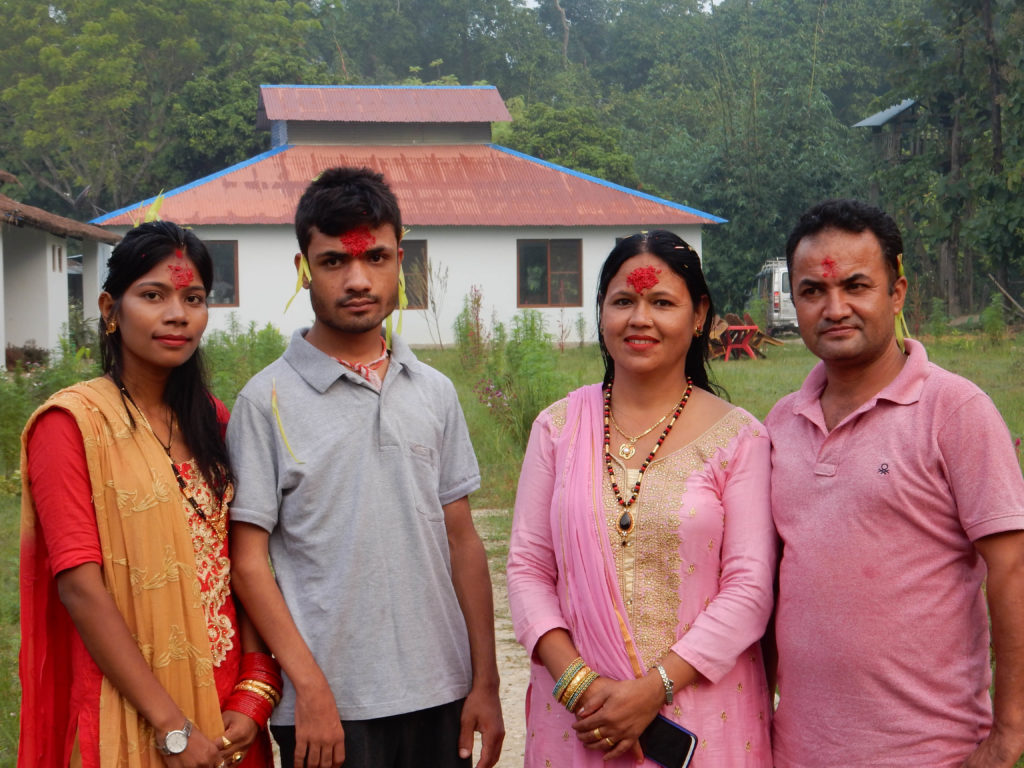
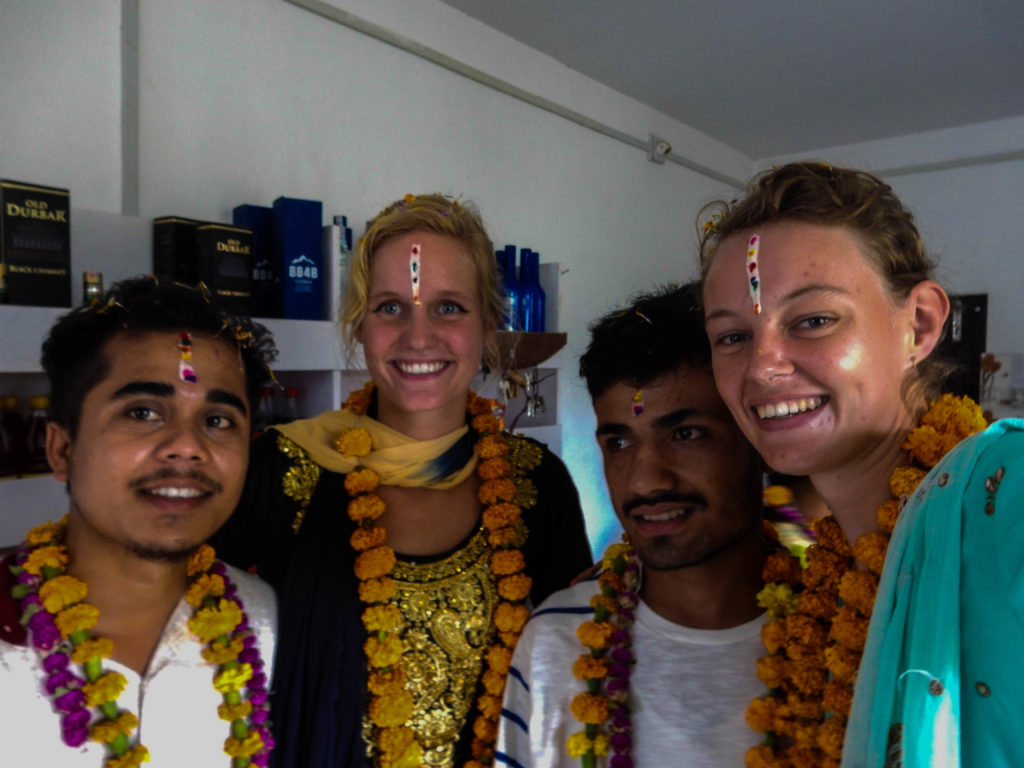
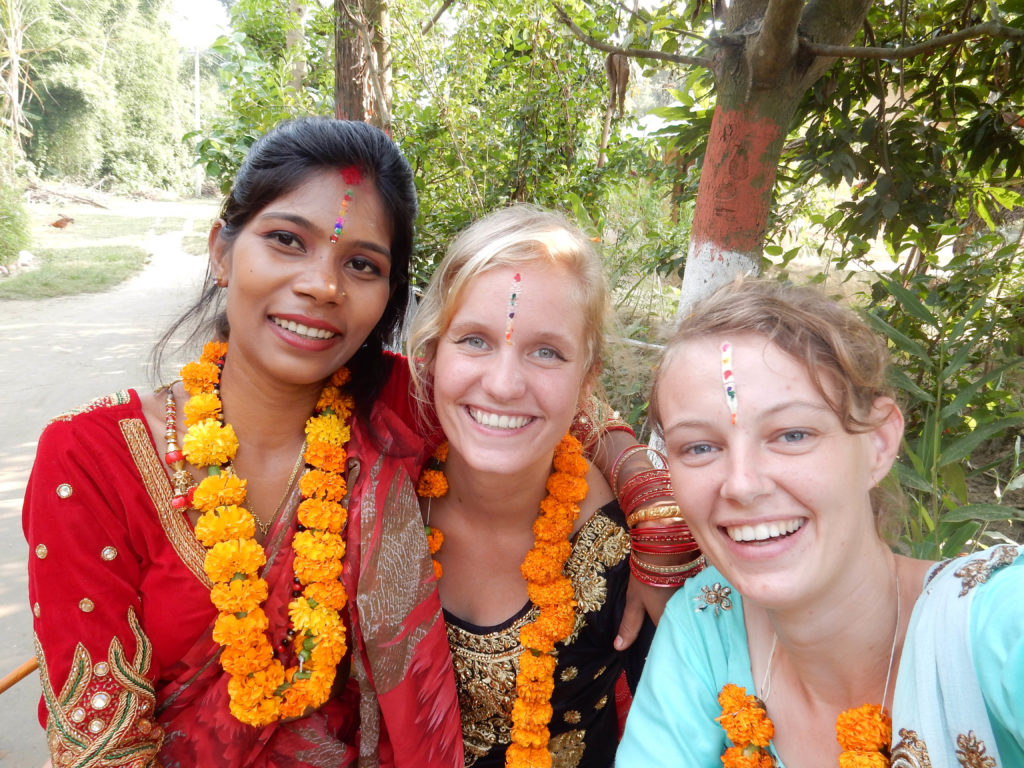
After a period of three months, sampling both rivers three times, we had collected enough data and had to go back to the Netherlands. There I did my analyses on the macroinvertebrates in relation to the environmental factors and made some interesting discoveries and understandings about the river ecosystem.
The ecosystem of the Babai river experiences large seasonal fluctuations causing macroinvertebrate communities and environmental factors the change drastically over time. The ecosystem in the Karnali river is also influenced by seasonal changes but the differences in macroinvertebrates and environmental factors were mostly found between upstream and downstream areas in this river. Both rivers showed highest biodiversity in late October, early November. Increases in biodiversity was correlated with decreases in temperature.
After the merge the Karnali will lose many habitats downstream due to the depletion of water. The constant influx of water in the Babai and drop in temperature could become problematic for specialists that thrive in this fluctuating unique ecosystem. The differences in macroinvertebrate communities found in this study can now be linked to higher trophic levels in these rivers through eDNA analyses and through monitoring other organisms in and around the rivers.
As for the larger organisms in these rivers, monitoring is important as well. The depletion of water levels in the Karnali river could negatively impact the distribution of the Ganges river Dolphin. The drop in temperature can have an impact on the endangered Gharial in the Babai river as it needs the warm temperatures for its eggs to hatch. For future research on the impact of the diversion, monitoring these animals is important.
The effect of the diversion project on human settlements around the Karnali and around Bardia National Park should be further investigated. Much of the tourism in Bardia National Park is focussed on the Karnali river. As the Karnali river is located on the border of Bardia National Park, this tourism causes relatively low disturbance for most of the wildlife in the park. With the water being depleted from the Karnali, more attention will go the Babai river drawing tourism much further into the park causing more disturbance for the wildlife there.